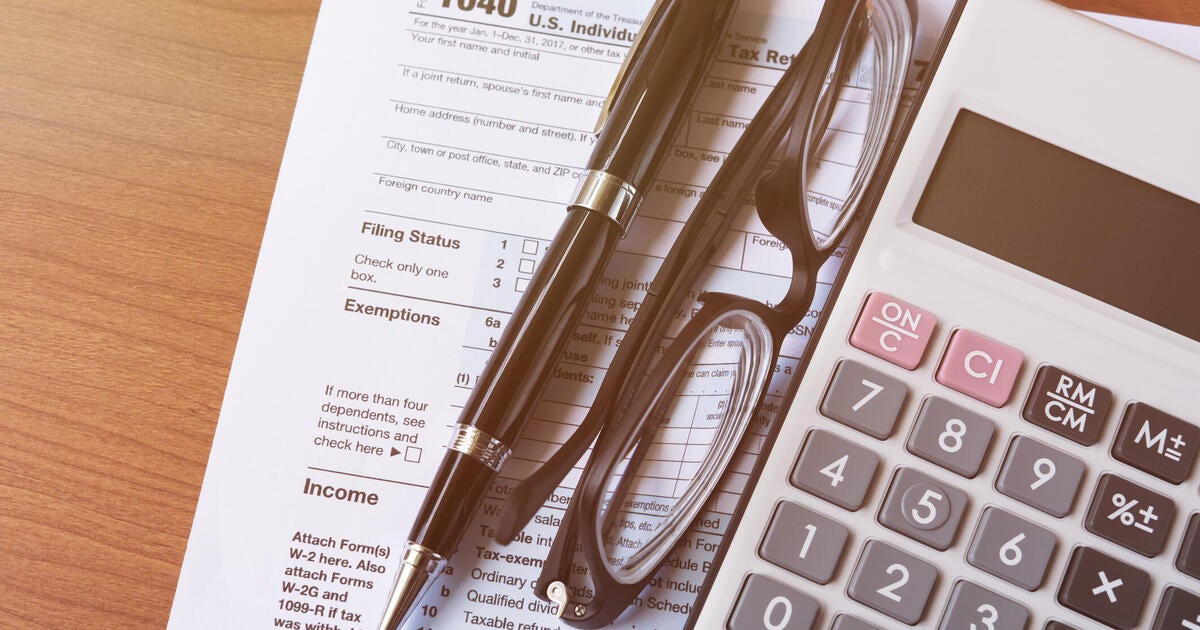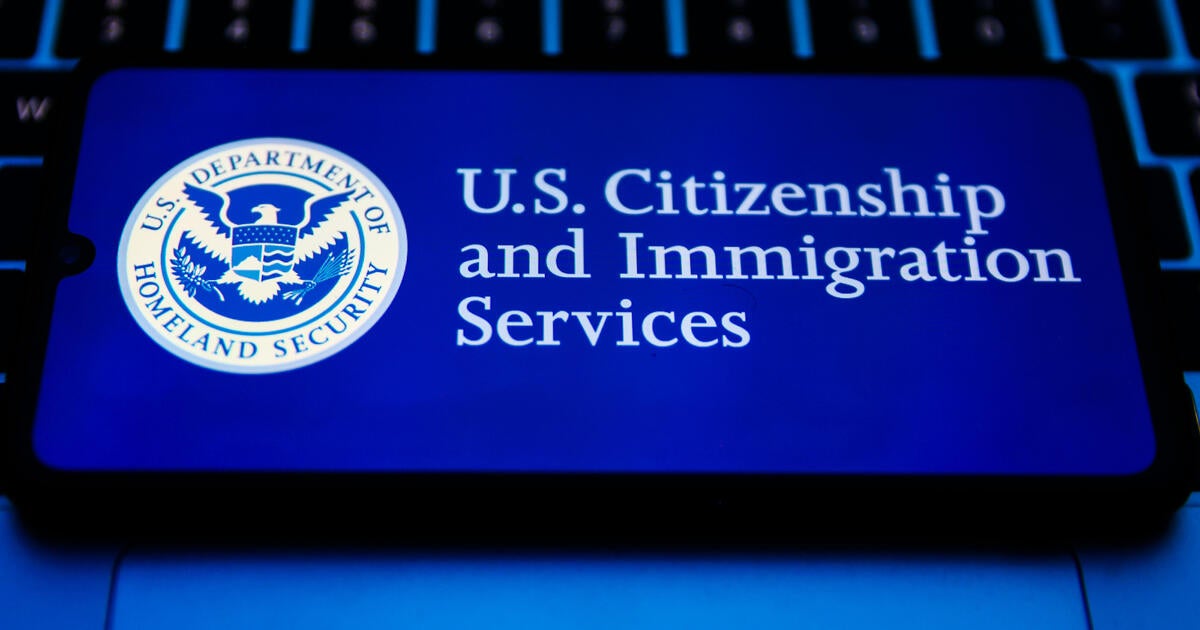We may receive commissions from some links to products on this page. Promotions are subject to availability and retailer terms.

Getty Images
There can be a hefty amount of stress that comes with owing money to the Internal Revenue Service (IRS), and if you aren’t able to get rid of your tax debt quickly, that burden runs the risk of affecting both your financial well-being and peace of mind. Still, each year, millions of Americans find themselves in situations where they simply can’t find a way to pay off what’s owed to the IRS. What many fail to realize, though, is that while the IRS has a reputation for being strict about collections, the agency also recognizes that some taxpayers face genuine hardships that make it impossible to pay their full tax liability.
As a result, the IRS has established certain programs geared toward forgiving tax debt under certain circumstances. That can provide much-needed relief from your tax burden, but getting approved isn’t easy. You’ll have to meet strict eligibility criteria, and these programs are only an option for people who truly cannot afford to pay their full tax debt. But while the process to determine if you qualify can be daunting, understanding the requirements can help you determine whether or not IRS tax forgiveness is an option worth considering.
What exactly are the requirements for IRS tax forgiveness? And what other options are available for resolving your tax debt? Below, we’ll detail what you need to know.
Get help with your existing tax debt today.
What are the requirements for IRS tax forgiveness?
The primary pathway to IRS tax forgiveness is through the Offer in Compromise (OIC) program. This program allows taxpayers to settle their tax debt for less than what they owe. To be eligible, you must meet a few specific requirements.
One is that you must be current with all your tax filing requirements. This means you can’t have any unfiled tax returns. The IRS won’t even consider tax forgiveness if you haven’t filed all required returns for previous years. You must also be current with your estimated tax payments for the current year. If you’re self-employed or have other income that requires quarterly estimated tax payments, you need to be up-to-date with these obligations.
The most crucial requirement, though, is demonstrating that paying your full tax liability would create economic hardship. The IRS uses a specific formula to determine your ability to pay, looking at your income, expenses, asset equity and future earning potential. The agency will typically only accept an OIC if the amount you offer is equal to or greater than what they calculate as your “reasonable collection potential.”
You must not be in an open bankruptcy proceeding, either. Filing for bankruptcy automatically disqualifies you from participating in the OIC program, as tax debts are handled differently under bankruptcy law. The IRS also considers your compliance history as part of the OIC approval process. If you have a history of tax evasion or fraud, your chances of qualifying for tax forgiveness are significantly reduced.
Even if you meet these criteria, though, approval isn’t guaranteed. The IRS approves OIC applications only if they believe the amount you’re offering is the most they can reasonably collect within a certain time frame. If you have significant assets, for example, your offer may be rejected, even if you’re currently struggling with your income.
Discuss your tax relief options with an expert now.
Other options for getting rid of your IRS tax debt
If you don’t qualify for tax forgiveness through an Offer in Compromise, don’t panic. There may be other ways to resolve your IRS tax debt:
- Installment agreements – The IRS offers installment plans that may help if you can’t pay your full debt immediately but can manage smaller monthly payments. With this option, you can spread payments over several years, making it easier to stay compliant.
- Currently Not Collectible (CNC) status – If you’re facing extreme financial hardship, you might qualify for CNC status. This temporarily stops IRS collection efforts, including wage garnishments and bank levies, but interest and penalties continue to accrue.
- Penalty abatement – The IRS may remove penalties for late filing or payment if you can prove reasonable cause, such as a medical emergency, natural disaster or unexpected financial hardship.
- Innocent spouse relief – If your tax debt resulted from a spouse’s actions and you had no knowledge of the errors or fraud, you may be eligible for relief from joint tax liability.
- Bankruptcy – In some cases, tax debts can be discharged through bankruptcy, but specific conditions must be met. Generally, the tax debt must be at least three years old, and you must have filed tax returns for those years.
The bottom line
The IRS tax forgiveness process isn’t simple, but it exists to help taxpayers in genuine financial distress. If you owe more than you can afford to pay, exploring an Offer in Compromise or another IRS relief option could be your best bet. You’ll need to stay proactive, though — ignoring tax debt will only lead to more penalties, interest and potential enforcement actions. Before making any decisions, it may benefit you to speak with a tax expert about your situation. They can evaluate your financial situation, guide you through the application process and improve your chances of getting relief.
Angelica Leicht is senior editor for Managing Your Money, where she writes and edits articles on a range of personal finance topics. Angelica previously held editing roles at The Simple Dollar, Interest, HousingWire and other financial publications.










